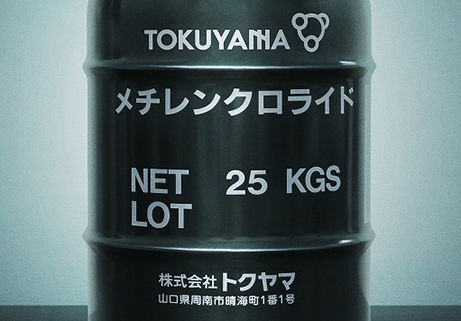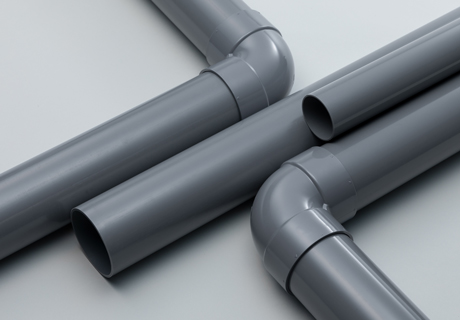Products

Caustic Soda (liquid, solid)
Caustic soda is a typically strong alkali produced through the electrolysis of salt water and used in a wide variety of industries. While caustic soda requires a significant amount of energy to produce, Tokuyama was the first producer in Japan to develop the “zero gap” manufacturing method, which reduces electricity consumption. Thanks to these efforts, the Company now boasts the world’s strongest level of manufacturing-process energy conservation. We are continuing to refine our technological capabilities and are committed to ensuring a stable supply of the product to our domestic and overseas customers.
Product overview
| Generic names | Caustic soda, sodium hydroxide |
|---|---|
| Chemical formula | NaOH |
| Packing / shipping method |
Tankers for liquid, flexible containers and paper bags for solid |
| Grades |
|
| General applications |
|
Special characteristics
- Caustic soda is colorless, transparent, and viscous in liquid form, and solidifies depending on its concentration and temperature.
- The liquid form is primarily used, but the solid form is available(flake, small grain). Flakes are white, semitransparent, flat crystals that are highly absorbent.
- Caustic soda is the most representative strong alkaline solution, and exhibits strong alkaline properties in water solution, in which it easily dissolves.
- Absorbs carbon dioxide in the air to become sodium carbonate.



